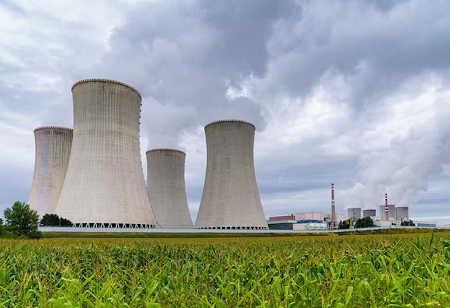
Union Minister Jitendra Singh highlighted India’s significant strides in nuclear energy, noting that the country’s power capacity has nearly doubled over the last decade, rising from 4,780 megawatts to 8,081 megawatts. By 2031-32, this capacity is expected to triple, reaching 22,480 megawatts. Singh attributed this progress not only to technical expertise but also to a shift in political determination.
Addressing questions about power-sharing arrangements and project delays in Tamil Nadu, Singh explained that the electricity distribution formula had been revised to ensure fairness. "Currently, 50 percent of electricity is allocated to the home state, 35 percent to neighboring states, and 15 percent to the national grid. This formula aligns with the federal spirit," Singh stated.
Singh acknowledged that a project in Tirunelveli is currently stalled, causing delays in capacity growth within the state. However, he emphasized the achievements at Kundankulam, which now operates four active units, and the progress at Kalpakkam since 2014.
He also highlighted the peaceful applications of atomic energy, such as developing 70 mutant crop varieties for agriculture and using isotopes in cancer therapy. "Monazite, a beach mineral, is the primary source of thorium. Past issues of pilferage have been addressed, and we are advancing towards utilizing this resource," he said.
Singh further noted that India holds 21 percent of the world’s thorium reserves, with the indigenous Bhavini project exploring its potential to reduce reliance on imported uranium and other materials.
We use cookies to ensure you get the best experience on our website. Read more...